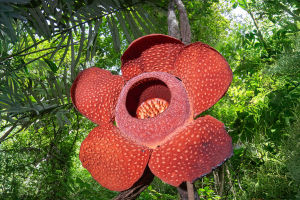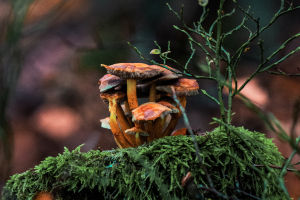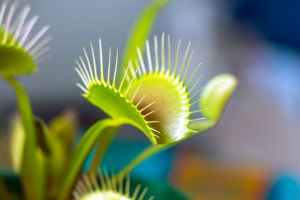Whispers After Rain
Hey Lykkers, have you ever walked outside after a summer rain and spotted something new and beautiful growing where there was nothing the day before? That’s the magic of Zephyranthes minuta in nature.
This tiny but striking flower often takes center stage after rainfall, popping up like a gift from the earth. Today, let’s explore how this plant lives, grows, and thrives in the wild—no gardens, no pots, just raw nature.
The Secret Life of Zephyranthes minuta
Known for its soft pink blooms, Zephyranthes minuta is a bulbous perennial native to the tropical and subtropical regions of the Americas. Unlike most flowers that need consistent care or structured environments, this plant is happiest when left alone in its natural habitat. It thrives in open fields, grassy plains, and along forest edges where the sun shines and the rains fall hard.
What makes it stand out is how it times its blooming. It doesn’t flower randomly—Zephyranthes minuta waits for the rain. As soon as a good shower hits, we often see it burst into bloom within a day or two. This phenomenon is why it's commonly referred to as a "rain lily."
How It Interacts with Its Environment
We find Zephyranthes minuta in places where the soil drains well and doesn't stay soggy. That’s because its bulb can rot in standing water. In the wild, these conditions are naturally balanced. The flower grows in harmony with native grasses and small shrubs, never dominating the landscape but always making it prettier.
Pollinators like bees and butterflies are attracted to its bright funnel-shaped petals and sweet nectar. Even though it blooms briefly—sometimes just for a day or two—it leaves a strong impact on the ecosystem by offering a quick feast for local insects.
Looks Can Be Deceiving
In the wild, Zephyranthes minuta often appears modest at first glance. Its flowers are about 9 cm long, and its leaves only around 7 mm wide. But when we see it blooming across a field after a downpour, it transforms the entire landscape into a delicate sea of pink. Cultivated varieties may have larger petals, but the wild ones are full of charm and character, dancing gently with the breeze.
Why Zephyranthes minuta Matters in Nature
We might think of it as just another flower, but Zephyranthes minuta plays an important role. Its sudden blooming is like nature’s way of celebrating rainfall. In places prone to dry spells, this flower is a visual reminder that life springs back fast and beautifully after the rain.
Moreover, it’s resilient. It survives through hot seasons in bulb form underground, waiting patiently. Once the rain arrives, it wastes no time, pushing out fresh green leaves and bright pink petals. That survival instinct is something we could all admire.
How We Can Help Preserve It
While Zephyranthes minuta is not endangered, its natural habitats—like open grasslands and forest edges—are at risk due to human development. We can help protect it by supporting native plant conservation, avoiding unnecessary land clearing, and even planting it in our own gardens to mimic its natural life cycle.
It’s also a reminder of how beautiful native plants can be without needing chemical fertilizers or constant care. This flower shows us how nature designs the perfect systems when left undisturbed.
Let’s Celebrate Nature’s Little Miracles
Lykkers, next time you step into nature after a summer rain, keep your eyes open. You might spot a Zephyranthes minuta blooming like a pink whisper among the grass. It’s easy to miss, but once you see it, you’ll never forget it.
Let’s keep exploring the tiny wonders around us, because nature’s beauty often lies in the smallest, most unexpected places. If you’ve ever seen a rain lily in the wild, tell us about it—we’d love to hear your story!
Pink Rainlily (Zephyranthes minuta)
Video by Wetalk AtoZ
-
 World's Heaviest FlowerHave You Heard of the Flower That Can Weigh 10kg? Nature's Giant Blooms Will Shock You!
World's Heaviest FlowerHave You Heard of the Flower That Can Weigh 10kg? Nature's Giant Blooms Will Shock You! -
 Mushroom Safety GuideCan You Tell Poisonous From Safe Mushrooms? Don't Risk Your Health Outdoors!
Mushroom Safety GuideCan You Tell Poisonous From Safe Mushrooms? Don't Risk Your Health Outdoors! -
 Carnivorous Plant SecretsThey look like ordinary plants—but did you know some actually trap and "eat" insects to survive?
Carnivorous Plant SecretsThey look like ordinary plants—but did you know some actually trap and "eat" insects to survive?
Copyright © zogu 2021 - 2025. All Right Reserved.